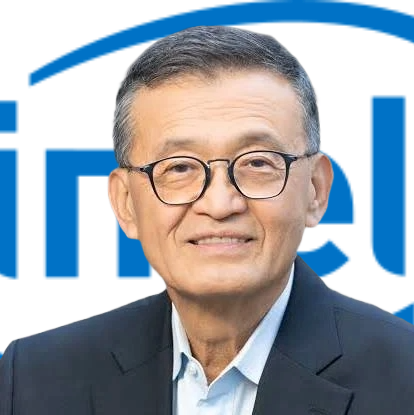Intel’s new CEO, Lip-Bu Tan, delivers a candid message about the company’s current standing in the semiconductor world. Once a leader in chip manufacturing, Intel now faces tough competition and changing market realities. Tan’s remarks reveal the challenges ahead as Intel plans to reshape its future.
What’s Happening & Why This Matters

In a video message to Intel employees worldwide, Lip-Bu Tan admits the company no longer ranks among the top 10 semiconductor manufacturers. “20, 30 years ago, we were really the leader,” Tan states. “Now I think the world has changed. We are not in the top 10 semiconductor companies.” The assessment is honest..Intel has lost ground to its rivals, including Nvidia, AMD, Apple, and Qualcomm.
The rise of TSMC, the Taiwan-based chip foundry, has played a key role in Intel’s shifting fortunes. TSMC now leads in semiconductor manufacturing, producing advanced chips for Intel’s competitors. The reshuffling eroded Intel’s once-dominant position in the PC and server markets.
Tan also addresses Intel’s struggles in the enterprise AI market, currently dominated by Nvidia. He bluntly tells employees that Intel has missed the boat on AI training chips, saying, “It is too late for us.” Nvidia’s dominance is clear as giants like Meta, xAI, and OpenAI invest heavily in Nvidia’s GPUs.
Concerns also arise around Intel’s upcoming chip manufacturing process, the Intel 18A node. Tan expresses doubts about customer adoption, noting that Intel’s priority is to ensure internal customers find 18A robust. Intel plans to move on to its next-generation 14A process, expected around 2027.

Despite these challenges, Tan emphasizes Intel’s focus on integrating AI capabilities into PCs. Intel’s intention is to remain relevant in the tech sector.
TF Summary: What’s Next
Intel’s new CEO, Lip-Bu Tan, needs to establish a realistic tone — acknowledging the company’s current position stands outside the top semiconductor makers. Competition from Nvidia, AMD, Apple, and Qualcomm, supported by TSMC’s manufacturing capabilities, has shifted the market dynamics.
Intel’s future hinges on the success of its 18A and 14A chip processes. The new chips’ abilities to carve a niche in AI-enabled PCs is the primary goal. Intel is navigating a steep, steep hill. The battle ahead requires a commitment to innovation and swift adaptation in the semiconductor market.
— Text-to-Speech (TTS) provided by gspeech


